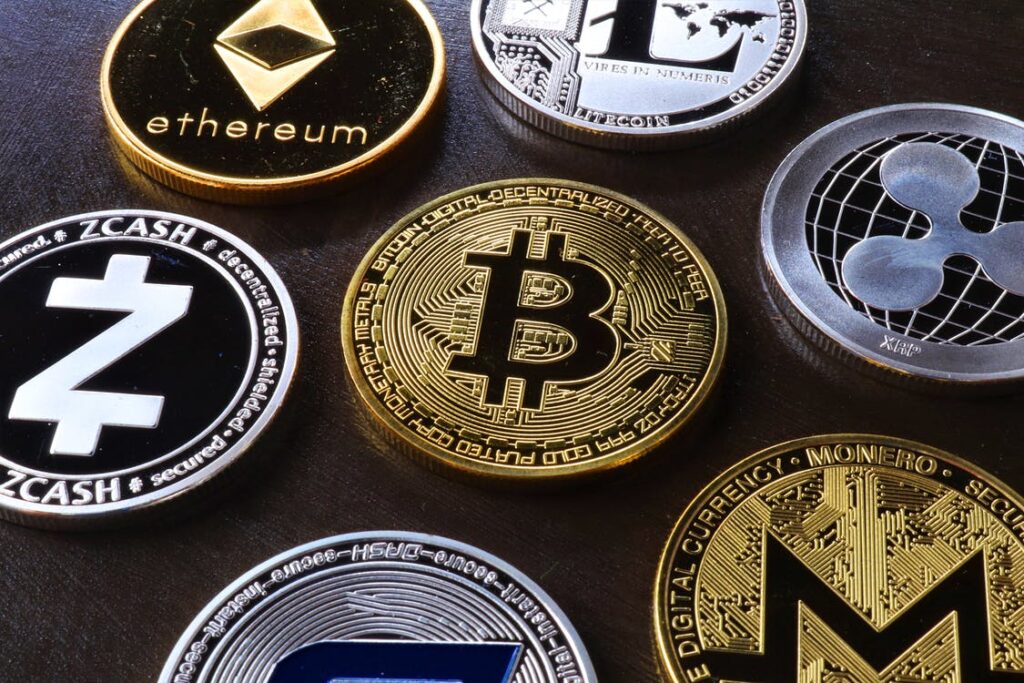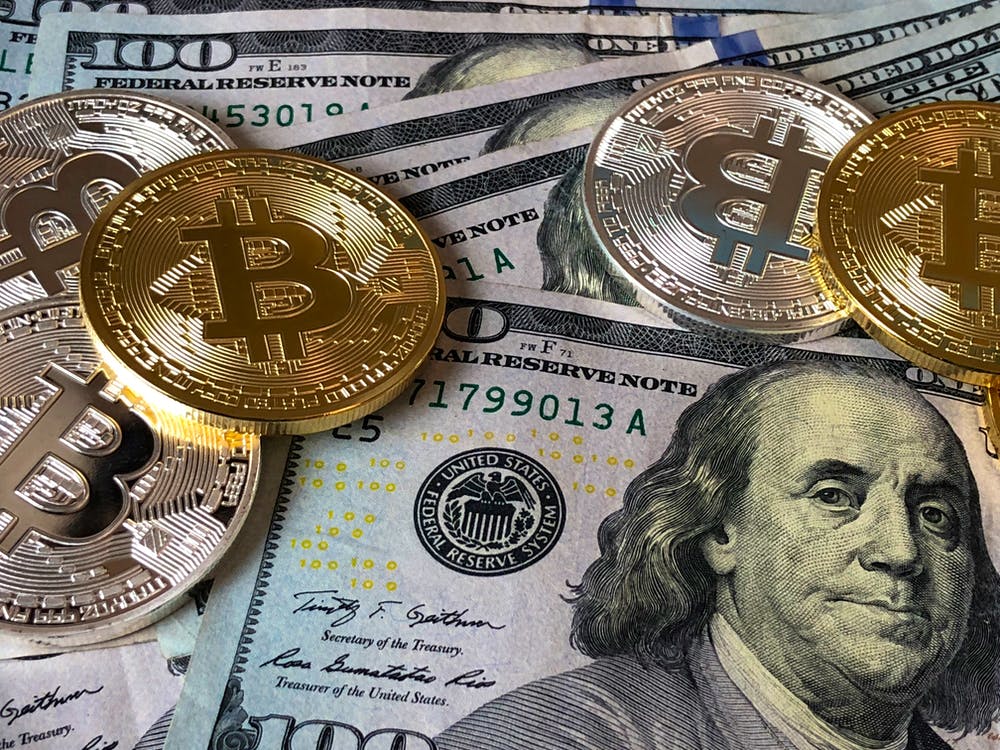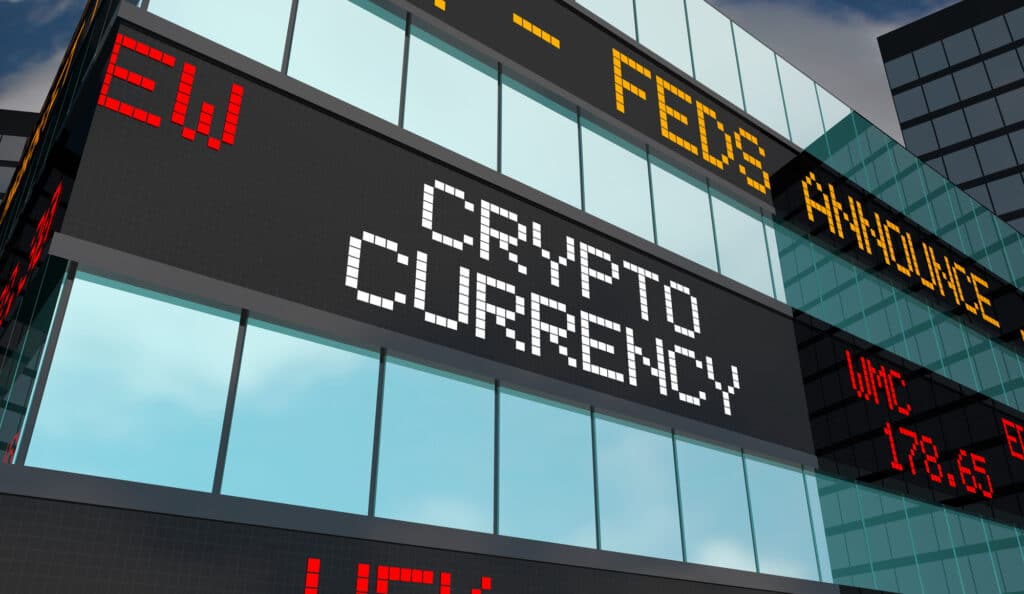With cryptocurrency evolving every day, it is no longer a simple matter of buying and selling coins. Crypto has long since ventured into the realm of derivatives and trading with the help of those derivatives. So now, more than ever, people have to be smarter with their crypto trades, and crypto derivatives are one of the best ways to do so.
Crypto Derivatives
So what exactly are derivatives?
A derivative is a contract between two traders where the value of that contract is determined by its underlying asset. In this case, this asset is cryptocurrency. However, derivatives trading has been around for decades now, and the underlying asset has been other assets like currency or gold. Every cryptocurrency has its own derivatives, from Bitcoin to Ethereum.

The different types of crypto derivatives include the following:
- Crypto Futures
- Crypto Options
- Perpetual Contracts
These derivatives are further divided into their own categories as well.
Crypto Futures
Starting with Crypto futures, its explanation lies in its name: The buyers come into an agreement to sell the asset at a specific time in the future. The date and time of selling this asset are also decided. This is risky since the traders may gain or lose finances depending upon how the price of that asset has changed in the future.
For example, if you purchase a futures contract worth $50,000 and on the date you decide to sell the price has increased to $70,000, you will have gained $20,000 in profit. Similarly, if the asset price drops to $30,000, you will have lost $20,000.
Future trading involves the following processes:
- Going Long: A trader bets on the price of the currency increasing
- Going Short: A trader betting on the price decreasing.
The trading platform matches people going long with people going short and vice versa. At the time of trading, one person has to pay the other depending on how the asset's price has shifted.
Crypto Options
Another Crypto derivative includes Crypto options. Crypto options allow buyers to trade their options at pre-determined prices at a specific time in the future.
It is deemed less risky than the option to trade with futures since you can allow your contract to expire if it means you will be losing money. With options, you get the following choice:
- Call Option: You decide on the asset's price and a specific date when you want to buy it. If the asset price increases to more than you agreed on, you can buy it at the lower price you decided. This means that you can immediately sell the asset for a more significant profit.
- Put Option: You decide on a price of an asset and a point in the future when you will want to sell it. At that time, you decided that if the asset's cost has decreased, you can still sell it for the price you decided, which will earn you a profit. If the price increases, you can let the contract expire.
An example of using a call option is if a trader purchases a call option for $40,000. If, at the given date, the currency price rises to $50,000, the buyer can use their call option to purchase it for cheaper.
Similarly, if the currency's value goes down at the given date, the trader can just let the contract expire.
However, there is a fee allocated to each contract, and in case you let your contract expire, you will also be losing that money as well.
Perpetual Contracts
Perpetual contracts are also known as Crypto swaps. They can function as future contracts without expiry dates. So you can keep a perpetual contract for as long as you want, provided that you pay the holding fees for it. This means you can essentially keep the perpetual contract as long as you can pay to keep it.
We have long contract holders and short contract holders with perpetual contracts, and one must pay the other depending on the funding rate.

The funding rate can be positive or negative. A positive funding rate is when the contract price is higher than that of the asset. A negative funding rate is when the contract price is lower than that of the asset.
When a contract is in a positive funding rate, the long contract holder will pay the short one. Similarly, if the contract has a negative funding rate, the short holder will have to pay the long holder.
Perpetual contracts are traded every eight hours, and the final profit or loss is credited to the traders daily.
Advantages of Crypto Derivative
Derivative trading can sound intimidating, especially for new crypto users. However, there are many advantages to derivative trading. These include the following:
- They keep transaction costs low. It is cheaper to trade derivatives than it is to trade cryptocurrency directly.
- Helps keep the market efficient. Derivative trading helps stabilize the asset's price, making the market predictable and easy to navigate.
- Derivatives can also help to mitigate risks involved in crypto trading. Since crypto is so volatile and chances of losing money are high, derivatives can help people make money even if the market is not going their way, which helps offset the losses in the market.
- Derivative contracts are also a helpful tool to determine the underlying asset's price.
Disadvantages of Crypto Derivatives.
Naturally, there are also a few disadvantages to crypto trading as well:
- Derivative trading is very risky. The prices of the asset and the contract fluctuate constantly. Traders have to be very vigilant on their platform, as just viewing trends might not be enough, and they can also lose a lot of money.
- Derivatives are often used to predict market trends as well. But if their value swings too much, investors are at risk of losing significant amounts of money.
Conclusion
Derivative trading has picked up in popularity over the years, and it is helping in evolving the crypto market as we speak. It has also enabled new investors to break into the market and trade efficiently.
The post Cryptocurrency Derivatives 101: A Beginner's Guide on Crypto Futures, Crypto Options, and Perpetual Contracts appeared first on Fat Pig Signals.
https://ift.tt/o2S6Qi8

Nenhum comentário:
Postar um comentário